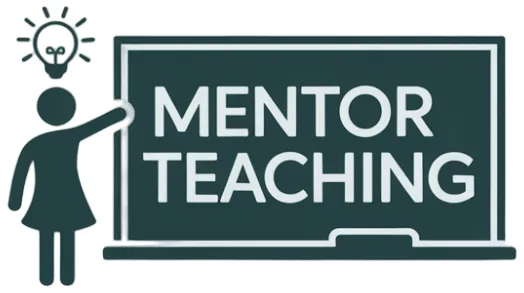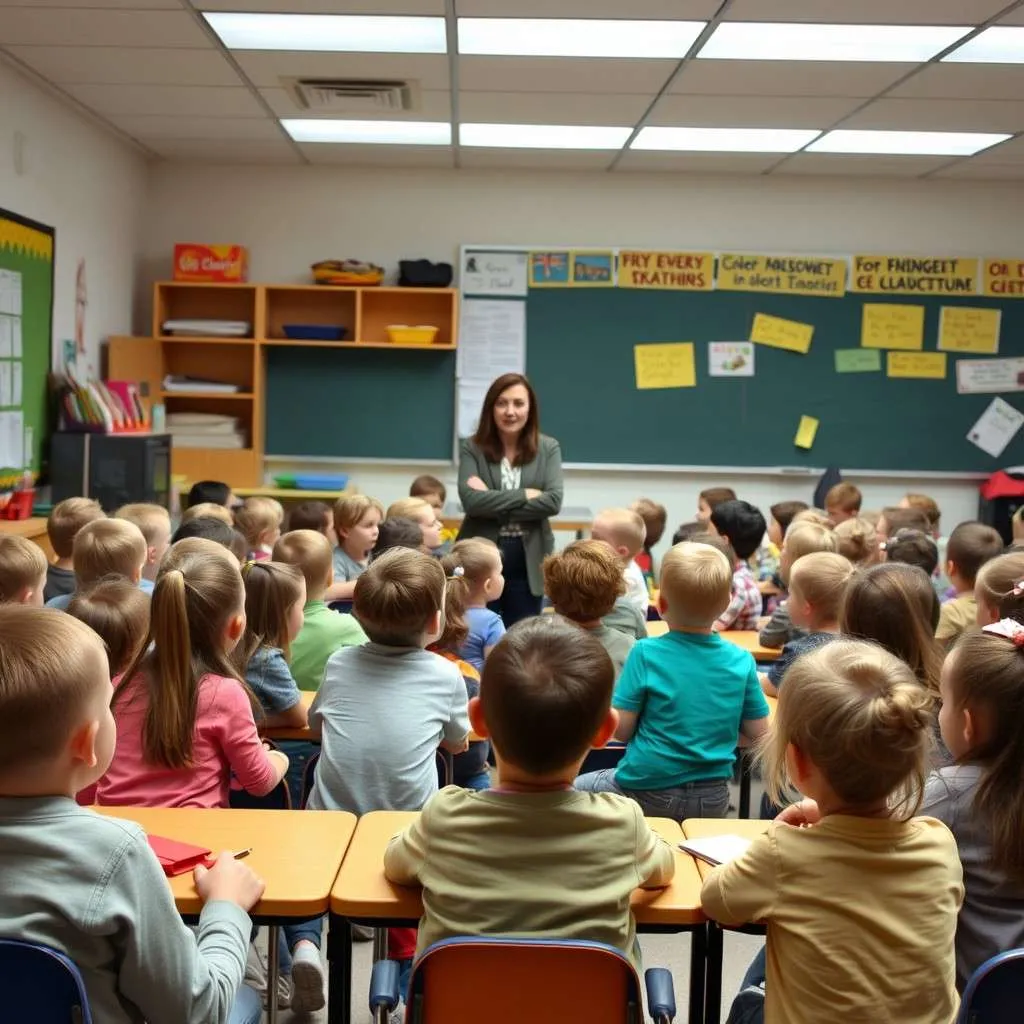Effective lesson plan goals and objectives are the backbone of successful teaching. They guide instruction and help measure student progress. This guide will help you craft clear, actionable objectives that boost learning outcomes.
What Are Lesson Plan Objectives?
Lesson plan objectives are specific statements describing what students should know or do after a lesson. They differ from broader educational goals, which outline general aims for a course.

Using SMART Goals
The SMART framework helps write effective lesson plan objectives:
- Specific
- Measurable
- Achievable
- Relevant
- Time-bound
Example: “By lesson end, students will solve 8/10 fraction addition problems correctly.”

Bloom’s Taxonomy in Objectives
Bloom’s Taxonomy helps create varied learning objectives across six levels:
- Remember
- Understand
- Apply
- Analyze
- Evaluate
- Create
Examples:
- Remember: “List ‘To Kill a Mockingbird’ main characters”
- Analyze: “Compare themes in two Robert Frost poems”
- Create: “Design an experiment testing sunlight effects on plants”
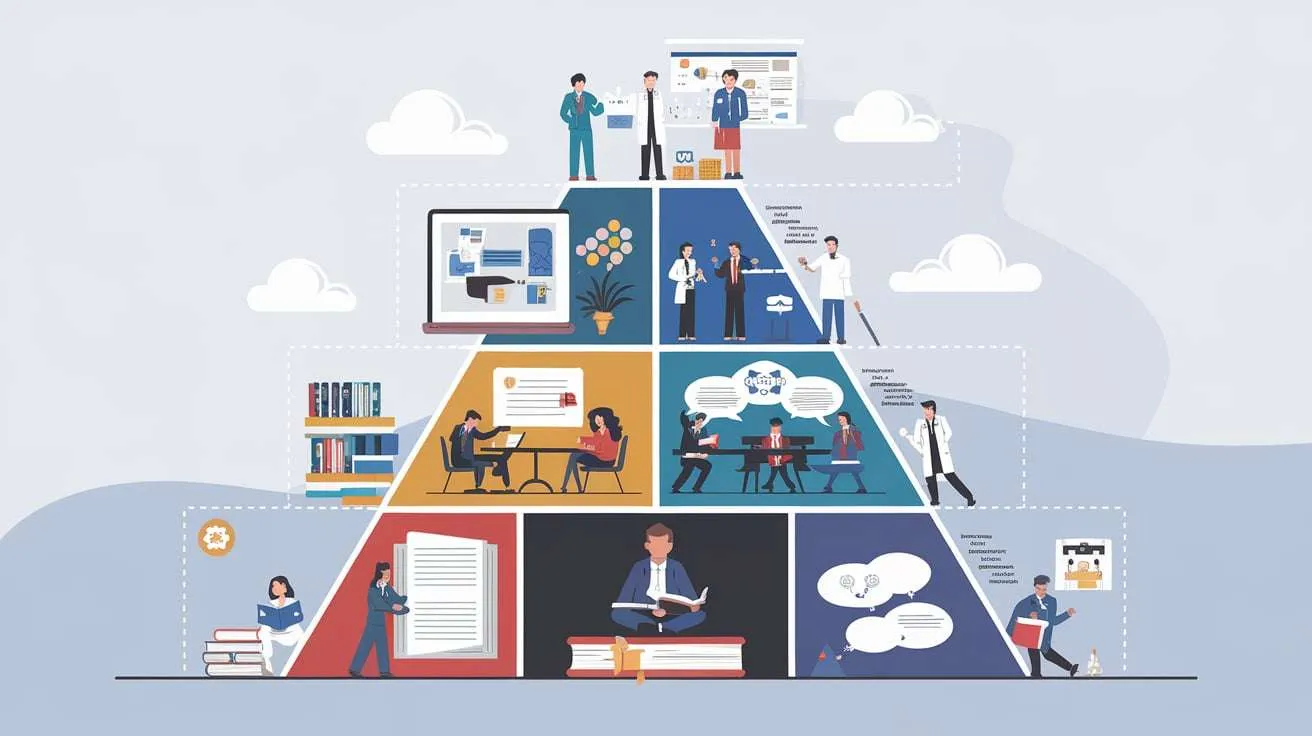
Sample Lesson Plan Objectives
- Math: “Students will graph linear equations on a coordinate plane with 90% accuracy.”
- English: “After reading, students will write a paragraph identifying the main idea and three supporting details.”
- Science: “Students will build a solar system model, correctly showing planet sizes and positions.”
- History: “Students will create a World War II timeline with 8 key events and brief descriptions.”
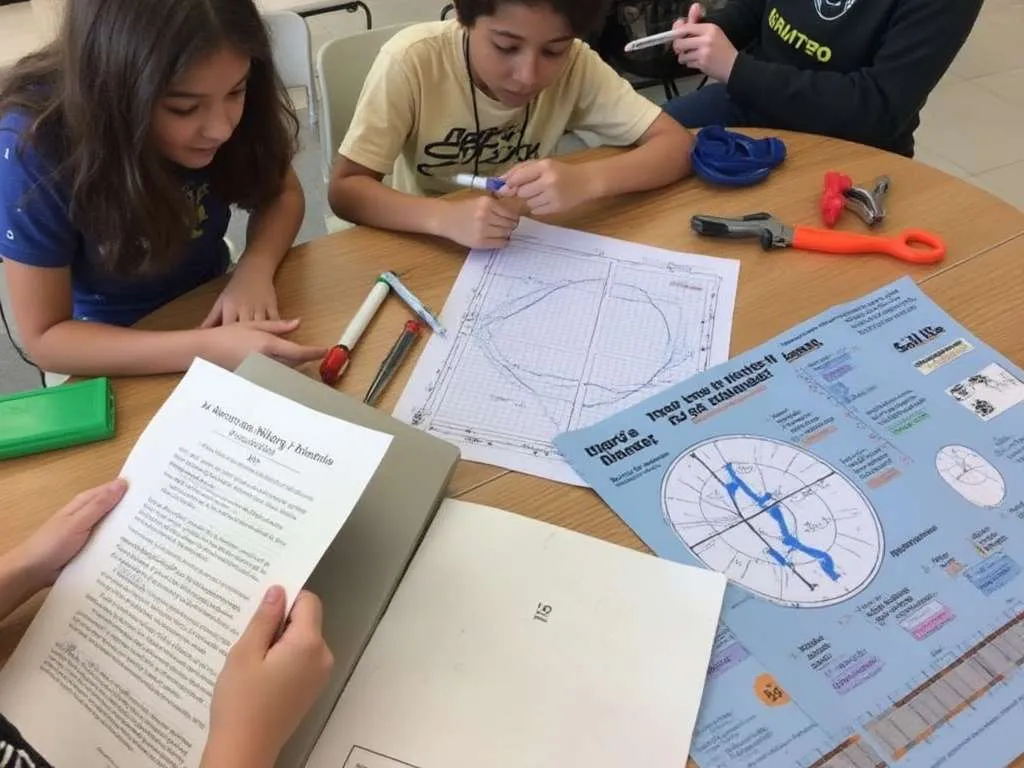
Including Diverse Learners
Accommodate different learning needs in your objectives. For example:
“Students show photosynthesis understanding by: a) Creating a diagram b) Writing an explanation c) Giving a verbal description”
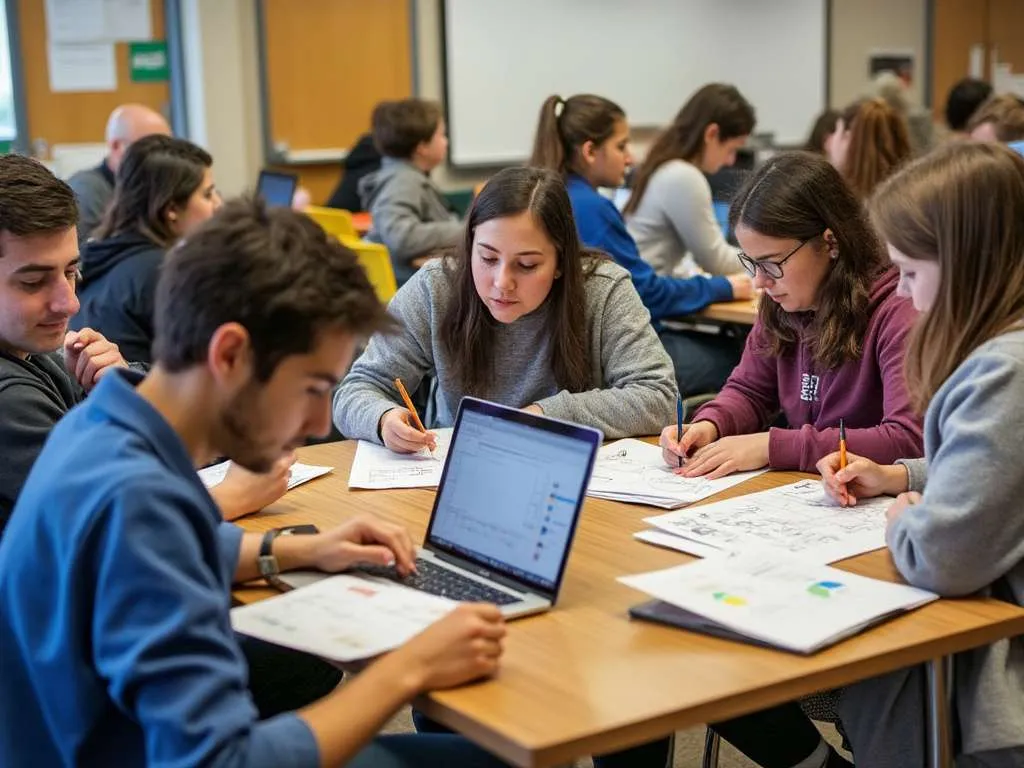
Linking Objectives to Assessment
Effective planning connects objectives with assessment methods. For each objective, plan how you’ll measure achievement through quizzes, projects, or observations.
Tips for Strong Objectives
- Use clear language
- Focus on observable behaviors
- Align with curriculum standards
- Include content knowledge and skills
- Make objectives achievable in lesson time
Examples Across Different Subjects and Grade Levels
To provide a broader range of examples, here are lesson plan objectives for various subjects and grade levels:
- Elementary Science (3rd Grade): “By the end of the lesson, students will correctly identify and label 5 parts of a plant on a diagram.”
- Middle School Language Arts (7th Grade): “Students will write a persuasive essay with a clear thesis statement and at least three supporting arguments.”
- High School Physics (11th Grade): “Given a set of problems, students will accurately calculate velocity using the distance-time formula in 8 out of 10 attempts.”
- Elementary Social Studies (4th Grade): “After the lesson, students will be able to name and locate all 50 U.S. states on a blank map with 90% accuracy.”
- High School Art (10th Grade): “Students will create a self-portrait using cubist techniques, demonstrating understanding of the style’s key characteristics.”
- Middle School Music (6th Grade): “By lesson end, students will correctly read and play a simple melody in 4/4 time on their chosen instrument.”
- Elementary Math (2nd Grade): “Students will solve single-digit addition problems with regrouping, achieving 80% accuracy on a 20-question worksheet.”
- High School Chemistry (12th Grade): “Given chemical formulas, students will balance 5 chemical equations with 100% accuracy.”
- Middle School Physical Education (8th Grade): “Students will demonstrate proper form for 3 different volleyball serves with 70% success rate.”
- Elementary Technology (5th Grade): “Students will create a simple slideshow presentation with at least 5 slides, including text and images.”

These examples demonstrate how objectives can be tailored to specific subjects and age groups while maintaining the SMART criteria and incorporating various levels of Bloom’s Taxonomy. They provide concrete, measurable outcomes that guide both instruction and assessment across diverse educational contexts.
Wrapping Up
Creating strong lesson plan goals and objectives improves with practice. Focus on specificity, measurability, and curriculum alignment to develop objectives that guide effective teaching and support learning.
Well-crafted objectives help teachers plan better and give students clear expectations. Use these tools and examples to create measurable objectives that enhance your teaching and students’ learning.
